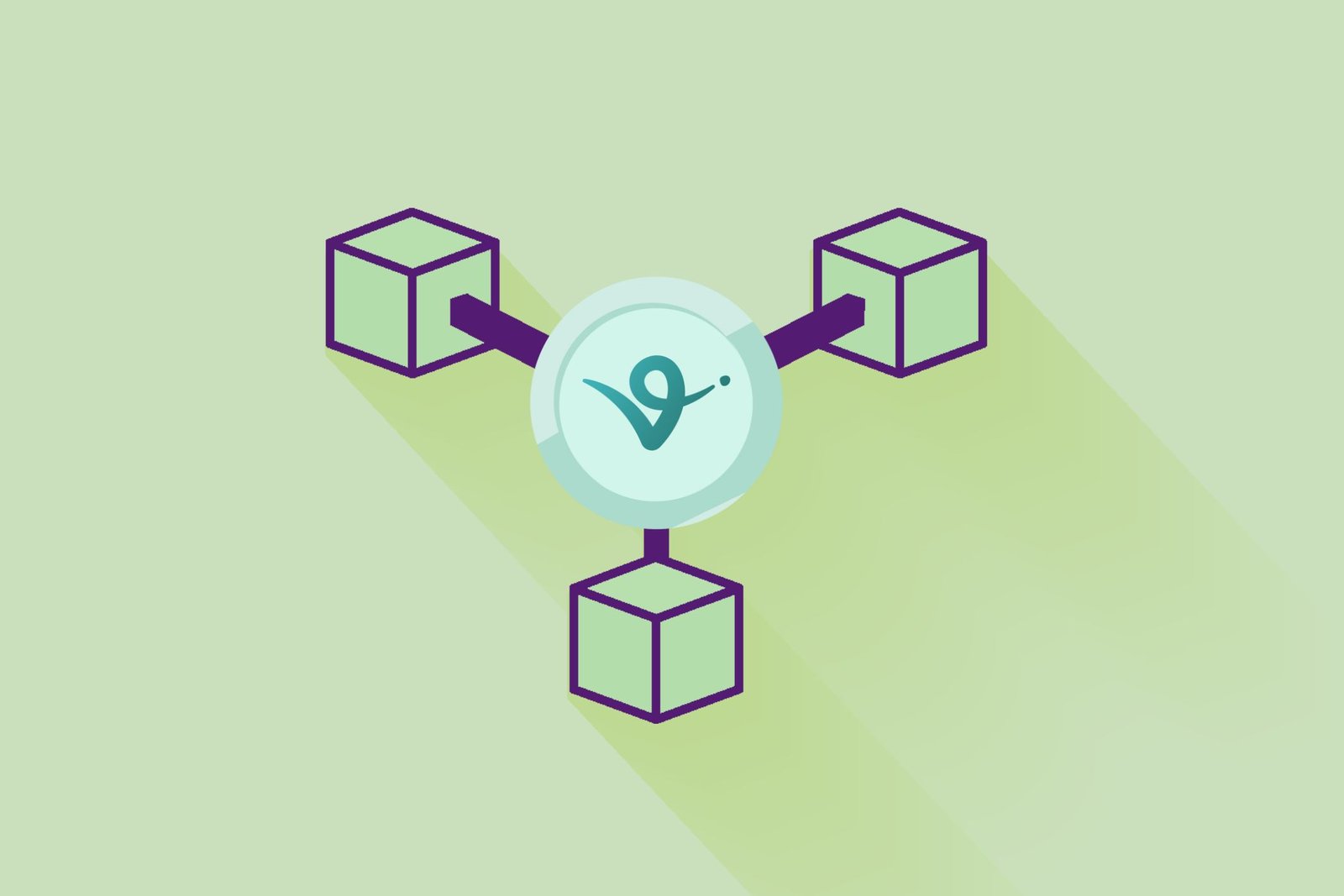Virtual Protocol Coin: Powering Decentralized AI With Blockchain

The native token driving a novel distributed ecosystem combining artificial intelligence with Blockchain Technology is the Virtuals Protocol Coin, sometimes just VIRTUAL. Virtual Protocol enables the creation, ownership, and monetisation of autonomous, multimodal artificial intelligence entities. Using voice, text, animation, and even video, these agents—”Virtuals”—can interactively create new digital experiences.
Virtual Protocol is a permissionless infrastructure that allows anybody to create, use, and profit from AI-driven agents as the digital economy develops. These agents can run across gaming systems, social media, DeFi environments, and more. By orienting the platform around blockchain, Virtual Protocol ensures the open recording and reward of all contributions to the development of artificial intelligence.
VIRTUAL Token: Core Mechanism for Web3 Agent Economy
The operating logic of the VirtualProtocol depends critically on the VIRTUAL token. The central node of trade in the ecosystem helps with everything from agent development to service exchanges. Users of a new Virtual Agent must lock a designated quantity of VIRTUAL tokens, which are subsequently used to build liquidity pools tailored to agent-specific tokens. Since the VIRTUAL token is essentially taken out of circulation for long durations, this design pays for the agent’s launch and brings deflationary elements to the economics of these tokens.

Transaction settlement is yet another principal advantage of the VIRTUAL coin. Using the token, users pay for interactions with AI agents, guaranteeing a flawless on-chain transfer of value from consumer to producer. This open paradigm fosters two cornerstones of Web3 development: efficiency and trust.
Decentralised AI Ownership and Contribution Tracking
Immutable Contribution Vaults (ICVs) are one of Virtual Protocol’s fresh blockchain ideas. These vaults record all agent contributions—code, data, design, or otherwise—and honour those who make them. Smart contracts and non-fungible tokens (NFTs) safeguard each vault entry and reflect traceability and ownership proof.
The Initial Agent Offering (IAO) is yet another special ingredient. Though it is meant to deploy virtual agents, this technique replicates first coin offerings. Tokens are given to early supporters during an IAO who help the agent grow or finance their deployment. The outcome is a co-owned artificial intelligence company that pays contributors based on user interactions, treating income.
AI DeFi Media Integration
Virtual Protocol already drives many AI-powered applications, not only providing a theoretical framework. For example, Luna, one of the first virtual agents to be released, runs independently as a content producer and influencer. Luna interacts with followers live on social media and uses her on-chain wallet to provide incentives. Her achievement highlights the possibility of monetising AI agents driven by distributed infrastructure.
Another example is Aixbt, a market intelligence bot that scans and analyses much Bitcoin data. While the Virtual Agent operates independently and generates revenue for its creators, it also provides users with insights and trading signals. These illustrations highlight how Virtual Protocol aggregates DeFi, artificial intelligence, and digital media in a scalable and cohesive way.
Decentralised Governance and Sustainable Token
Virtual Protocol’s governance has roots in decentralisation. VIRTUAL token holders can suggest and vote on operational improvements, ecosystem funding, and protocol enhancements. This community-driven governance guarantees that the protocol stays flexible and meets users’ needs.
Every Treasury operation—including incentives and rewards—is run under a DAO (Decentralised Autonomous Organisation). With a capped annual release, the DAO regulates the emission of 35% of tokens earmarked for ecosystem development, guaranteeing sustainability.
Democratizing AI Through Blockchain
Who runs these systems becomes vital as artificial intelligence grows even more fundamental to digital economies. Virtual Protocol offers a strong response by distancing ownership and allowing fair involvement in artificial intelligence creation. Whether your profession is development, art, data science, or end user, the platform provides tools to create, share, and profit in an open, trustless environment.

This democratized approach questions Big Tech’s hegemony in artificial intelligence by offering a scalable, modular substitute. Virtual Protocol can lead the next wave of Web3 AI convergence with its smart tokenomics, practical utility, and emphasis on co-ownership.
At last
The Virtual Protocol Coin fuels a dynamic and cooperative AI ecosystem, serving as more than just a cryptocurrency. The protocol generates fresh chances for invention, revenue, and user empowerment by deftly combining blockchain technology with artificial intelligence. Virtuals are reinventing what it means to engage with intelligent software in a distributed environment, from influencers like Luna to finance bots like aAixbt.
Final thoughts
regular or norVIRregular orion, use Article schema; if you are expanding with a section on commonly asked questions, add FAQ Page schema. These ordered data structures raise Google Featured Snippet eligibility and improve visibility in search engine results.
To finish a complete SEO package, I could include internal linking suggestions or a 200–300-word FAQ section if desired. Are you interested in that?
